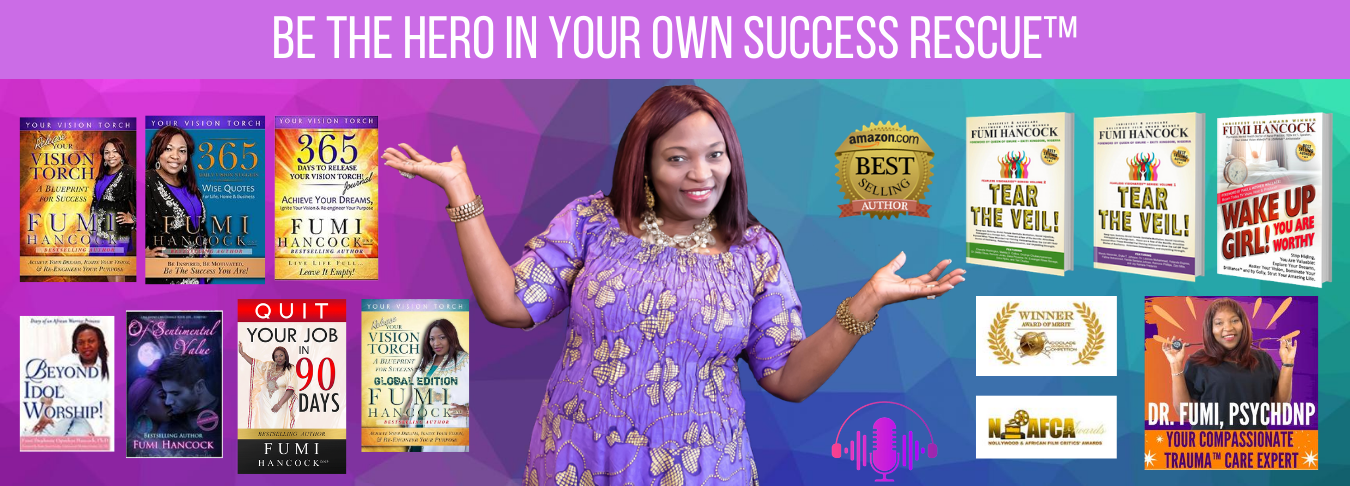 Making the most of your content is important. Each article you write, or have written, should be promoted as a separate product. Promoting your content is almost as important as having content. This article will be about ways to make your great content even greater. We will look at how to maximize what you have.
Making the most of your content is important. Each article you write, or have written, should be promoted as a separate product. Promoting your content is almost as important as having content. This article will be about ways to make your great content even greater. We will look at how to maximize what you have.
Make Navigation Easier
Content that is difficult to find, read and enjoy – is a problem. Content that is difficult to navigate will often cause a potential client to leave your website. But using tags and categories is SO easy! Make it easier to find your content, make it easy to move onto more content, and make it easy for customers to get in touch with you. More than three clicks? Forget it. Try to keep it to just a couple of clicks.
Promote Your Content Inside Content
It’s great to have your ideal clients find and read your posts, but take it one step further … always include a next step, like reading a similar article or signing up for more information. Keep in mind you want them to stay on your site – reading your content – as long as humanly possible. Don’t make the mistake of thinking great content alone will make your customer stick around.
Keywords, SEO, Keywords, SEO
Your SEO and keywords make a big impact on potential clients finding your content – or not. Search engines help people find relative content. Their goal is to enhance user experience by helping them find what they’re looking for. When you use your keywords in an organic way, Google rewards you by increasing your search engine rank. Play the system, and the system will help you.
Share MY Content…
The most effective content is ’shareable‘ content. But what makes content shareable? It all comes down to social currency. In other words: What will the reader gain from sharing your content? Think about the types of comments, posts, and articles that you share online. What do they actually do? They often back up your position on a topic, feature something you care about, or make you look smarter or more important. Don’t dismiss shareable content.
Go Ahead and Share My Content…
The main point of creating content is to get your message in front of the right readers. When you have the right reader, consider that they probably have a lot of friends who fit the same profile. Encouraging them to share through social media gets your content in front of even more potential customers. Help yourself by helping your audience to learn from you. That’s all it is. You are helping others learn, and those people are helping you spread your word.
YOUR VISION TORCH Series
Achieve Your Dreams, Ignite Your Vision, & Re-engineer Your Life Purpose
More blog articles at www.yourinneryou.com
Dear Princess Column at: www.sentimentalnursewriter.com
Download your free sample here






